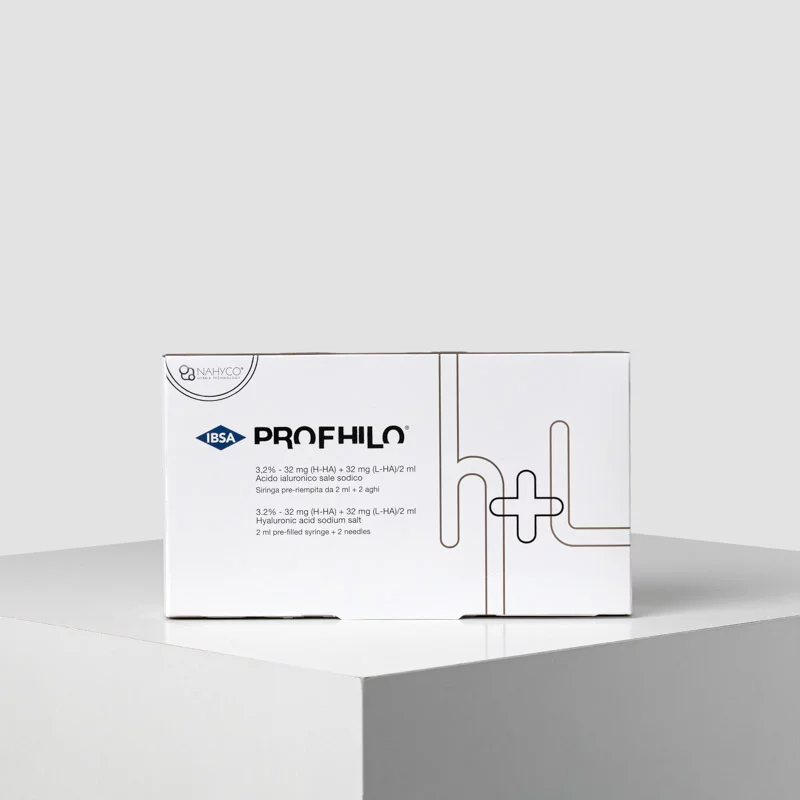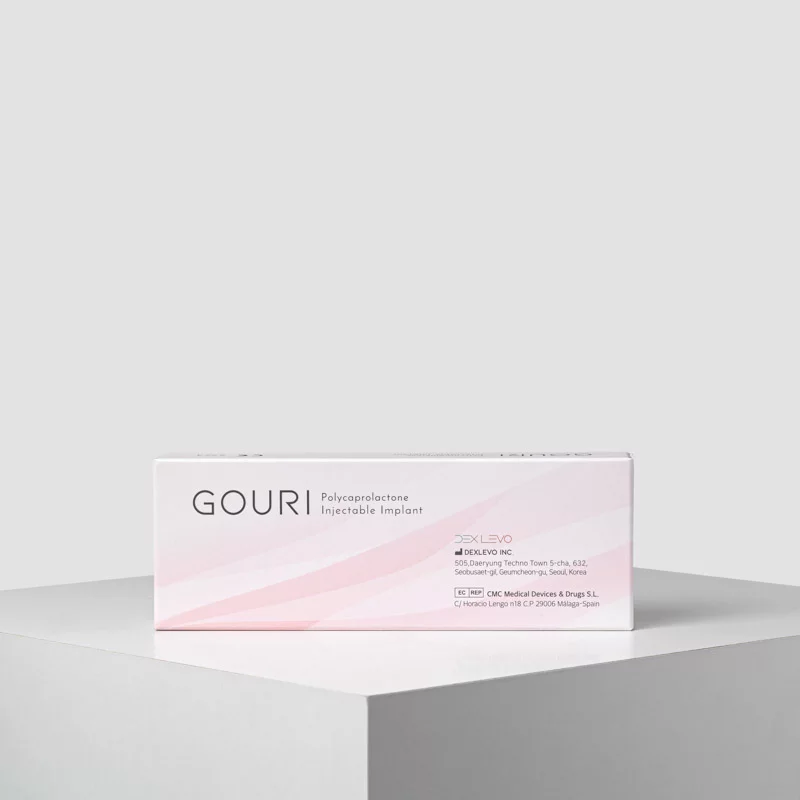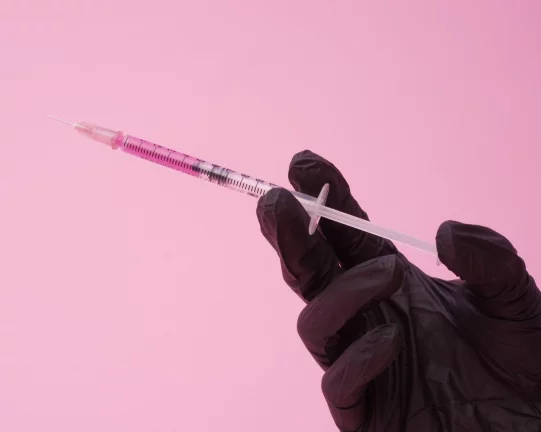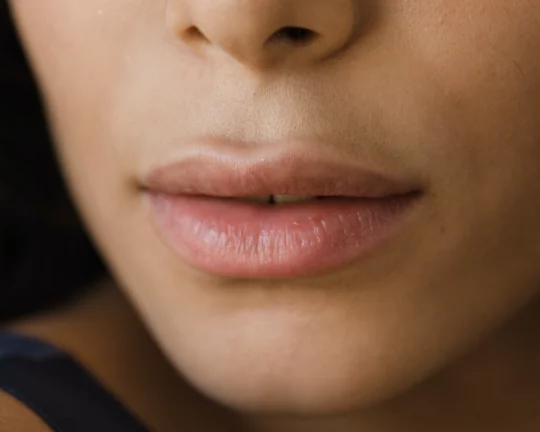-

- Author e-FILLERS Team
- Apr 13th, 2023
Biostimulators vs. Dermal Fillers: What Medical Professionals Need to Know

Biostimulators vs. Dermal Fillers
As a medical professional, it's essential to stay up-to-date on the latest cosmetic treatments and techniques. Biostimulator injections and dermal fillers are two popular options for patients looking to treat the signs of aging.
“While both biostimulators and dermal fillers are able to provide effective results, there are some essential differences to consider.”
In this blog article, we'll explore the pros and cons of biostimulators and dermal fillers and help you make accurate recommendations for your patients.
Biostimulators Explained
Biostimulators, also known as collagen stimulators, are a type of cosmetic injection that stimulates collagen production in the skin. Collagen is a protein that helps keep the skin firm and elastic, but our bodies produce less of it as we age. Biostimulators are made from biocompatible materials and are injected into the skin to stimulate the growth of new collagen fibers, thereby restoring volume to the face and reducing the appearance of wrinkles and fine lines over time.
A 2020 scientific paper about Biostimulators and their mechanisms of action conducted at the Medical School of ABC, Santo André (SP), Brazil, identified that the results may not be evident for weeks, it is essential to wait for the biological response between applications to happen. The use of additional treatments should be conducted at intervals of at least four weeks so that there is no overcorrection. Response time and degree of correction depend on each patient's characteristics, which vary according to age, sex, skin quality, phototype, and diet.
Dermal Fillers Explained
Dermal Fillers, on the other hand, are a type of injectable gel that adds volume to the face. Hyaluronic acid fillers, a popular type of filler, are made from a substance that occurs naturally in the body. Fillers can add volume to areas such as the cheeks, lips, and under the eyes, as well as reduce the appearance of wrinkles and fine lines.
At a 2019 study by J Cosmet Dermatol noted that “The portfolio of fillers available for soft tissue augmentation has expanded rapidly over the last decade, and nowadays, clinicians may choose from a vast repertoire of HA‐based fillers with different features depending on factors such as HA molecular weight, concentration, crosslinking, also known as degree of modification (MoD). Crosslinking is required for any HA filler to reduce early degradation and ensure durability; noncrosslinked HA is rapidly degraded and resorbed. Clinical applications for each filler rely on a thorough understanding of age‐related volume loss and the recognition of wrinkle physiology as a multilevel process. Injectors must also be familiar with the different rheological properties of each filler and—most importantly—how they behave in vivo when injected in different areas.”
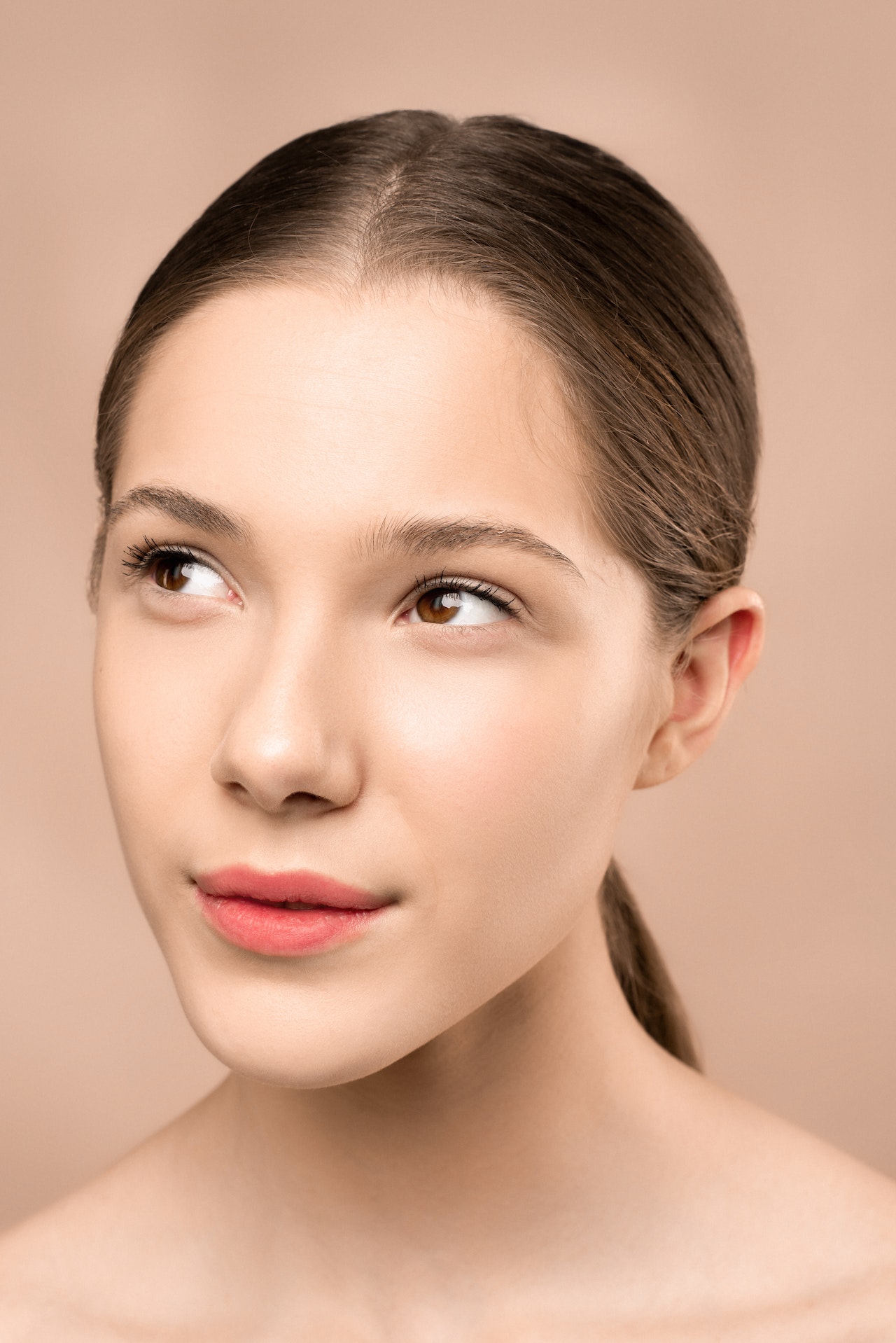
So, Biostimulators or Dermal Fillers?
While both biostimulators and dermal fillers are able to provide effective results, there are some essential differences to consider.
Biostimulators work by stimulating the body's natural collagen production, meaning results may take longer to appear than HA dermal fillers. Patients may need several sessions of biostimulator injections to achieve their desired results, whereas dermal fillers can provide immediate results in just one session.
Another difference between the two treatments is that biostimulators can provide longer-lasting results compared to fillers. While fillers typically last between 6-12 months, biostimulator injections can provide results that last up to 2 years. However, biostimulators tend to be more expensive than fillers, which may be a significant barier for some patients.
How To Consult your Patients?
When discussing treatment options with your patients, it's important to consider their individual needs and goals. Biostimulator injections may be a good option for patients who are looking for longer-lasting results and are willing to undergo several treatment sessions. Fillers may be a better option for patients who want immediate results and are looking for a more cost-effective treatment option.
In conclusion, biostimulator injections and fillers are both effective options for patients looking to combat the signs of aging. In order to provide the best solution for your patient, you need to discuss the pros and cons of each treatment option with your patients and help them make an informed decision about the treatment they will choose. By understanding the differences between biostimulators and dermal fillers, you can provide the best possible care for your patients and help them achieve their desired results.
Reference:
• Biostimulator Injections vs. Fillers — Which Should You Choose? - https://www.empiremedicaltraining.com/blog/biostimulators-injections-vs-fillers/
• Biostimulators and their mechanisms of action by Marisa Gonzaga da Cunha; Marcela Engracia; Luciana Gasques de Souza; Carlos D’Apparecida Machado Filho- http://www.surgicalcosmetic.org.br/details/771/en-US/biostimulators-and-their-mechanisms-of-action
• Efficacy and safety of a new resilient hyaluronic acid dermal filler, in the correction of moderate‐to‐severe nasolabial folds: A 64‐week, prospective, multicenter, controlled, randomized, double‐blind and within‐subject study - https://www.ncbi.nlm.nih.gov/pmc/articles/PMC7384057/
• Hyaluronic Acid Fillers by Mark S. Nestor, Daniel Fischer - https://onlinelibrary.wiley.com/doi/10.1002/9781119676881.ch45


.webp)

